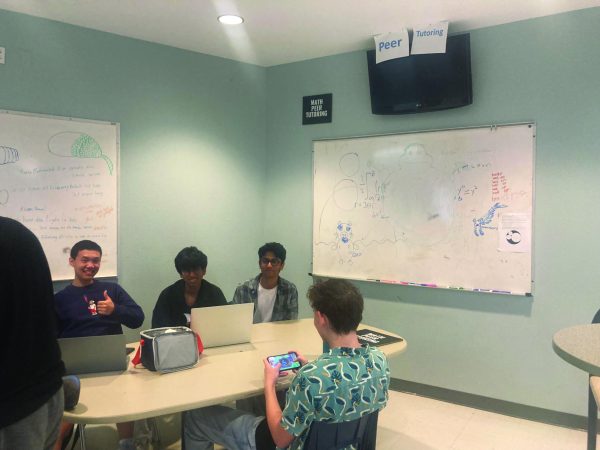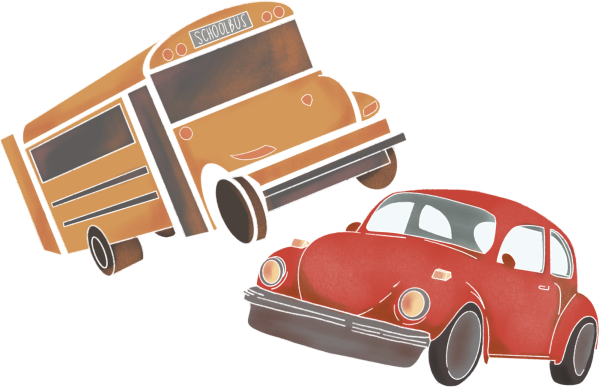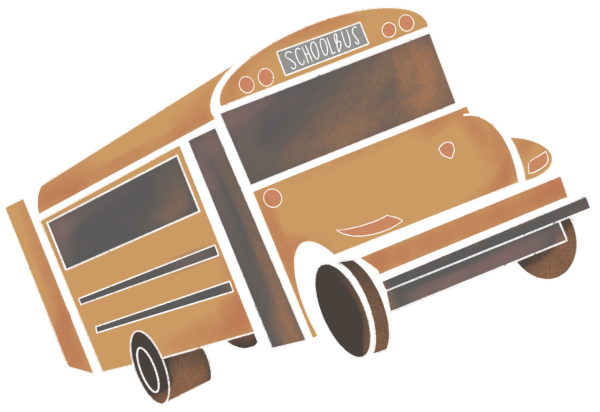The High Stakes World of College Admissions
February 18, 2020
The allure of a respected, prestigious college experience at an elite institution has become a common dream among many American teens and youth. Unfortunately, the increased demand for a college education has made the application process much more competitive for students exiting their high school years.
A college education, previously a privilege that only the wealthy and educated could afford, is more accessible than ever. More young people are attending college now than in any previous generation. In fact, according to the Pew Research Center, 40% of millennial workers from ages 25-29 had earned their bachelor’s degree in 2016—compared to 32% of Gen Xers in 200 and 26% of Boomers in 1985. But with such a spike in incoming applicants, colleges are getting more selective with their applicant pools.
A scandal on cheating in college admissions was brought to light in March of 2019, when federal prosecutors charged 50 people in the largest college cheating scam ever prosecuted by the U.S. Department of Justice. Wealthy and often celebrity parents paid hundreds of thousands to millions of dollars to ensure enrollment for their children in top colleges, including Stanford, USC and Georgetown, by falsifying their records. Disguised as either donations or other contributions, the money was used to bribe college coaches and test monitors, alter college entrance exam scores and fabricate student biographies and sports recruitments.
The current state of college admissions are split as a result of such scandals, according to LASA college counselor Vyasar Ganesan. While adjustments to admissions criteria are being initiated by some universities, not all have adapted to the changes. As it becomes more and more difficult to evaluate student capability based on test scores that may have been previously fabricated, colleges are beginning to look holistically at more than students’ test scores and GPA.
“Right now we’re in a really interesting spot,” Ganesan. “We have more students applying than ever before. That’s led to a lot of different things happening. We’re putting less emphasis on standardized test scores and more emphasis on who students actually are, what qualities are they actually bringing besides their ability to take a standardized test? The trickier stuff that’s happening is that schools at the top are reacting slowest to the changes.”
LASA alumnus and current freshman at Harvard University Sarida Morejon believes that making higher level institutions and the idea of college accessible to more students has made many schools more competitive. However, according to Morejon, this increase in competition may not be a negative thing.
“I think it’s always been competitive, but I think that as more and more people feel like they could potentially have space or find space at higher level institutions, more and more people are applying,” Morejon said. “That’s not a bad thing. It definitely makes it harder to get in, but it also ensures that we’re going to have a diversity of perspectives on campus and we’ll have a place for everybody.
Senior Julia Veri was admitted into the Coordinated Admission Program (CAP) program at the University of Texas (UT), where admitted students spend a year at a University of Texas satellite campus before transferring to UT Austin. Veri plans to appeal the decision and said she does not necessarily agree with Morejon’s sentiment. More specifically, she believes that the top six percent auto-admit standard at Texas public colleges including UT Austin diminishes the chances of qualified Texas students.
“I definitely think it’s gotten a lot more competitive,” Veri said. “I hate the top six percent rule at UT. I think it hurts a lot of students at LASA and other schools if they just admit most of their students through that and don’t have any space for people who aren’t in the top six percent or miss it just by a little bit. I think it makes it unfair. I wish it was less competitive.”
In addition to evolving standards of admission and increased competition, the price tag on a university education continues to rise. This is not a factor that should be overlooked when looking into colleges, according to Ganesan.
“In the last two decades, college costs almost worldwide have increased 80%, commencement scholarship aid has only risen 30%,” Ganesan said. “So keeping things like that in mind is important. I think cost is a big part of the problem and is certainly worth thinking about when you’re looking at colleges. College is an investment.”
In response to the changes in the culture of college admissions and steeper competition, students have begun changing their attitudes towards the process. Senior Nikhil Lyles, who likely will be attending Stanford University in the fall, feels as though there needs to be more support between students despite the competition.
“I think there’s the whole kind of ‘cloak-and-dagger’ aspect to it, where a lot of people are very secretive about it and worry a lot about others, but I think people need to worry more about themselves—we should all just be supportive of each other, because it’s a stressful time for everyone,” Lyles said.
The increase in competition has also forced students and their families to come up with new strategies on how to be accepted into their dream school or adjust their preferences. According to PFLASA president Stefanie Nelson, getting into competitive schools may take more work than in years past.
“Students find that the way to make themselves stand out from the crowd changes so rapidly that what worked with college administration boards in the past won’t necessarily work today,” Nelson said. “Getting into one’s school of choice may require more research, work and diligence than ever before. However, with rising costs of higher education, I also see students and parents seeing more value in state colleges and universities that provide the education and experience without the crippling debt.”
However, many students still find themselves attracted to the allure of the elite Ivy League universities and their promise of an exceptional education. As evidenced by the overall increase in number of college applicants, the preference given to legacy status and the corruption exposed in the 2019 admissions scandal, elitism in universities has only increased. According to Mr. Ganesan, it has been a historical problem.
“All of the Ivies, 30% of their population come from the same 100 schools and have been coming from the same 100 schools for the last 40 years,” Ganesan said. “They have stayed entrenched for a reason. They think staying entrenched maintains their elitism, but it’s also counter intuitive to the very notion of higher education in America.”
With all of the disparity in opportunity, many applicants must work twice as hard to set themselves apart from the crowd. According to Lyles, the most effective way to stand out is through the personal essay portion of the application.
“I think the most important part of the applications is getting across to the admissions officer who is reading your application details about your personality or about yourself that they won’t just see through academics and numbers,” Lyles said. “Conveying details about your personality, your behavior, your quirks or even just your life, lifestyle and environment around you—getting across to the college those less tangible or obvious things is most important, and I think it’s most important for everybody.”
In order to prepare for the stress that comes with choosing colleges to apply to and completing extensive applications, on top of schoolwork and extracurriculars, many students begin their search before their senior year. For example, junior Dylan Woollard has already begun looking not only at colleges but also for internships to get a foot in the door.
“I’ve reached out to the admissions counselors at the colleges I’m mostly interested in, and I’ve asked them about ways I can visit the college, whether they would fly me out, what tours they have available, and other opportunities. I’ve also reached out to, at least here in Austin, people for internship opportunities and a bunch of professors and faculty members at McCombs, which is where I want to go.”
At LASA, seniors are given the opportunity of having in-school college counselors, an incredibly valuable resource to students trying to stay on top of the application process according to Lyles. Having been here at LASA for years, they are experienced in the fluctuating climate of college admissions and know what colleges look for in prospective students.
“They are there for emotional support, for wisdom and also for getting into the technical stuff—helping with the application itself,” Lyles said. “They’re there to help edit your essays, to bounce ideas off of and give you suggestions. They are great resources and great people who want to help make things work out as well as they can for you.”
Another form of support students turn to during the college application process is family and friends. According to Morejon, a lack of emotional support and encouragement from the community can make a big difference in a student’s goals and confidence.
“If you don’t have parents or community members who are constantly telling you that you can do something or that it’s something that you should strive for, it becomes more difficult to see yourself actually achieving that,” Morejon said.
Nelson agrees that providing support, understanding and respect to students during this stressful time can make the process more bearable.
“While some choose to pay someone to coach a student through the process, the most critical support a family can give is at the emotional level: respecting the interests or passions a student wants to pursue, or understanding that a teen may not know what those are yet, and providing concessions during the stressful times,” Nelson said. “Even relief from dish-washing duty for a few weeks can go a long way.”










